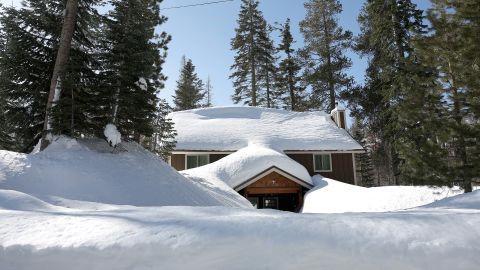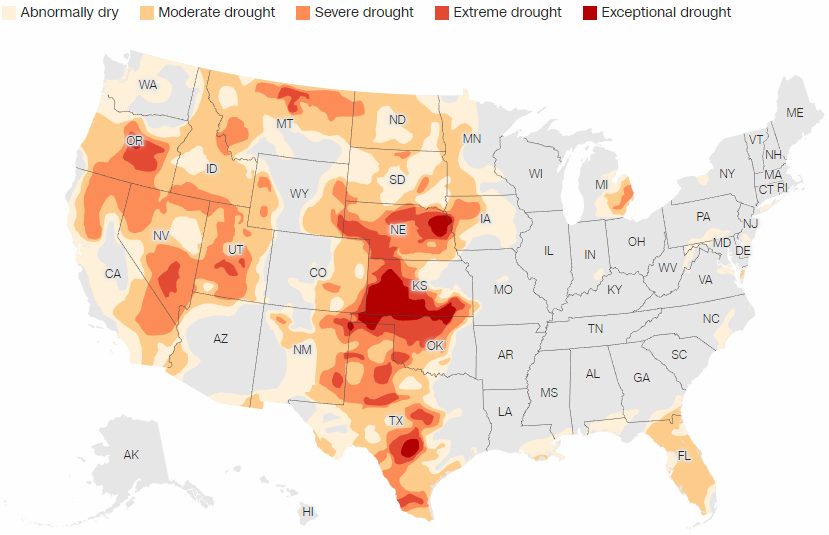
Starting June 1st, 2023 Our warehouse fee will be $0.65/cubic foot per month
In effort to lower the warehouse storage fee during inflation, we have went narrow aisle racking.This construction took us four months but the project is finally completed. With narrow aisle racking, we are able to drop storage by 24%.We as partners will go through this inflation together.
03/06/2023

A home is seen buried in snow on Friday in Twin Bridges, California
Due to a series of record-breaking winter storms, officials in California announced the greatest snowfall in decades on Friday. Compared to the statewide average, the Sierra Nevada snowpack is 177% of normal at this time of year. Following storms, this astonishing improvement occurred.
30% of California's annual freshwater supply is stored in the snowpack of the Sierra Mountains. The record-breaking three-week rainfall has refilled some reservoirs, but Shasta Lake, the largest lake in the state, remains below its average level. Recent winter storms have boosted snowfall in the mountains, especially at abnormally high elevations.
According to Sean de Guzman, snow survey manager for the state Department of Water Resources, this year's snowfall equals the record set in 1982-1983. At Phillips Station on Highway 50 near Lake Tahoe, officials reported a snow depth of 116.5 inches and a snow water equivalent of 41.5 inches, which is 170% of what they predicted for April 1, when the snowpack generally reaches its peak. The central Sierra got considerable precipitation and snow this past week, according to de Guzman. According to the US Drought Monitor report released Thursday morning, for the first time in nearly three years, less than half of California is experiencing drought conditions.

Here’s where drought conditions are most severe across the country
Prior to a year ago, the entire state was facing drought due to low precipitation and elevated evaporation rates induced by progressively rising temperatures. Recent data from the Drought Monitor suggest that a succession of winter storms have given significant precipitation to the Sierra and coastal ranges as well as the Rocky Mountains.
While the torrential rain caused extensive flash flooding and left some stranded in their homes due to several feet of snow at higher elevations, the Drought Monitor stated that the storm boosted California's soil moisture and streamflow levels. In addition, the precipitation has greatly enhanced above-average mountain snowpack levels.
According to the Drought Monitor, the Sierra Nevada mountains and foothills have been free of drought and abnormal dryness since January 2020. Despite this, the state confronts a severe groundwater shortage. According to experts, several wet winters will be required for California and the rest of the West to recover from a long-term drying trend.
While the majority of California's reservoirs are at or above average water levels, it might take months for groundwater levels to recover. The state's water crisis has not been rectified despite the positive news. Authorities from the Department of Water Resources advised that the most significant date for estimating the year's water resources, April 1, is still one month away. This information, together with snowfall measurements from 260 other sites across the state, helps water management plan for the balance of the year.

Hot News
08/05/2024

Hot News
02/23/2023

Hot News
02/23/2023

Hot News
02/06/2023
Hot News
02/07/2023